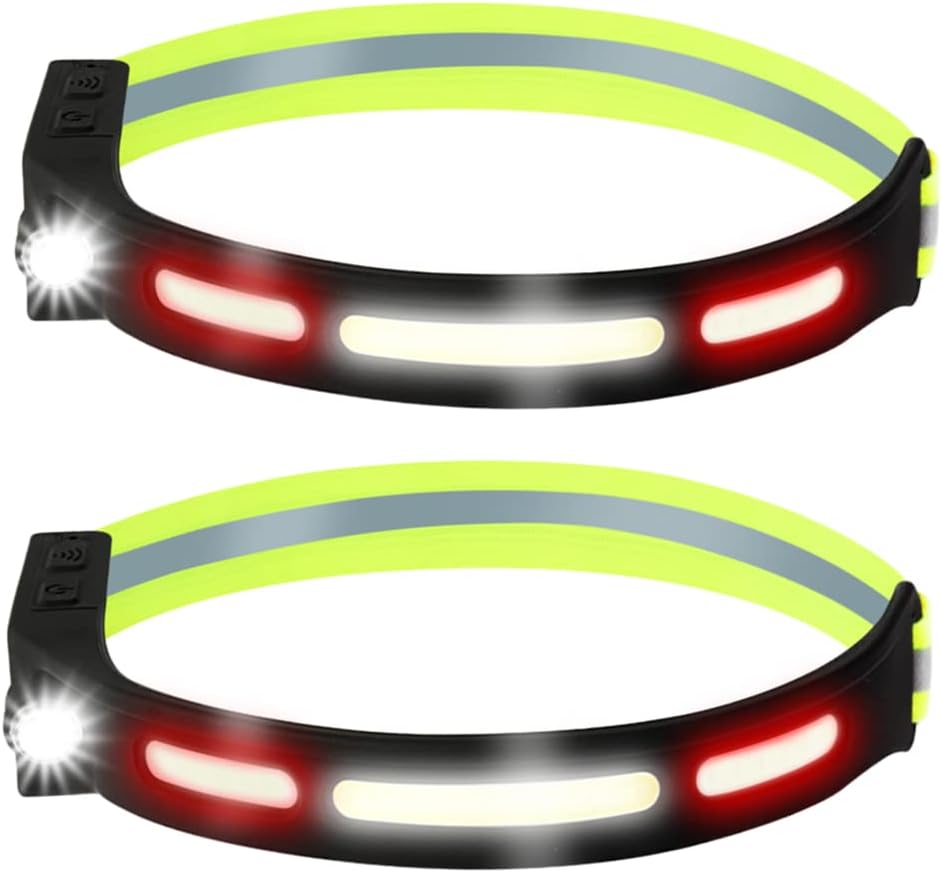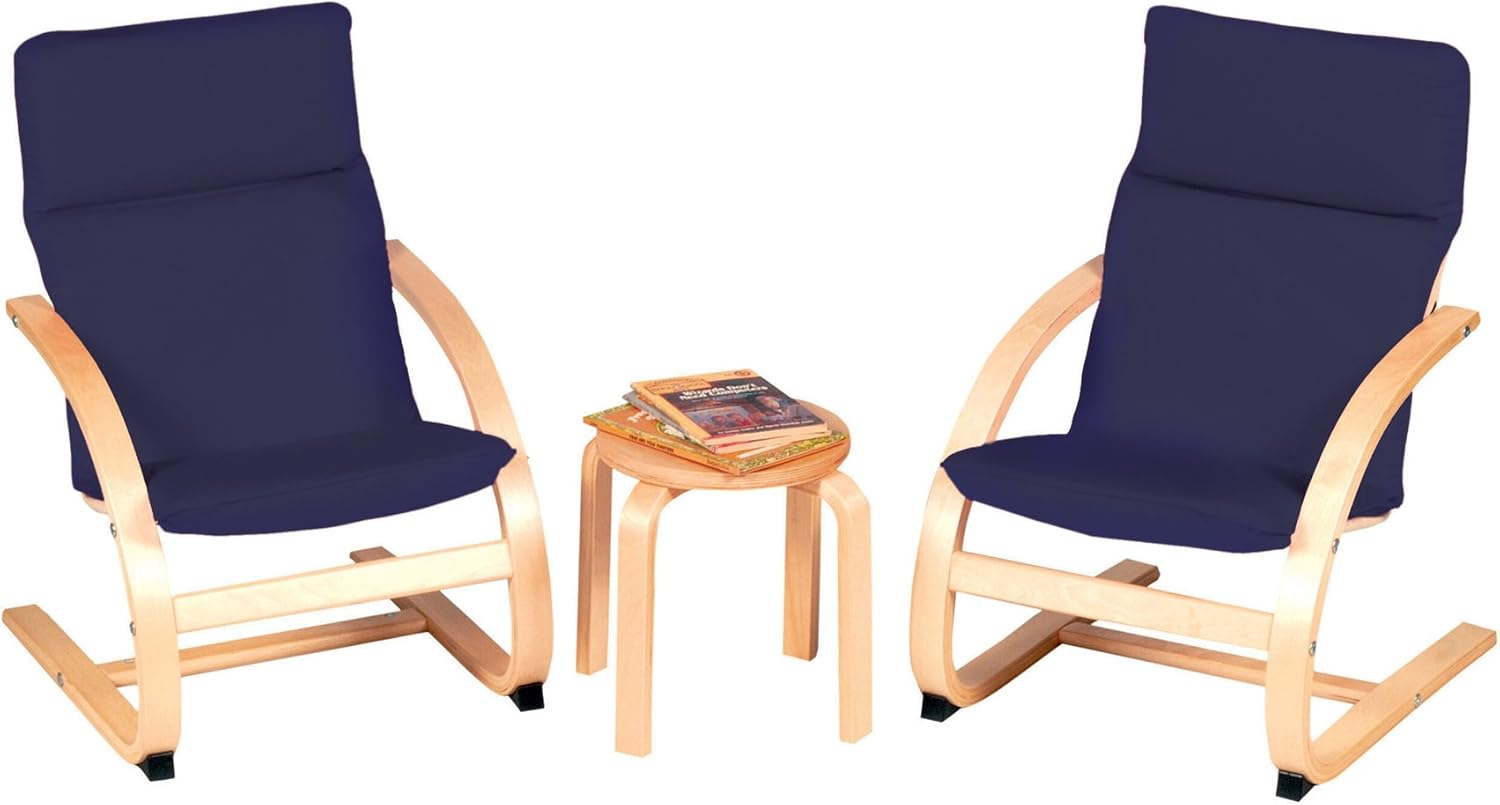In industries where safety and visibility are paramount, having the right tools can make all the difference. Hardhat compatible headlamps have emerged as essential equipment for workers in construction, mining, oil and gas, and various other fields. These headlamps not only provide illumination but also enhance safety by freeing up the hands for tasks. This article delves into the top features to consider when selecting hardhat compatible headlamps, ensuring that you make an informed choice.
1. Brightness and Light Output

The primary function of a headlamp is to illuminate work areas. Thus, brightness is a crucial feature to consider. Measured in lumens, the light output of a headlamp can vary significantly. A higher lumen count typically translates to brighter light, which is essential for working in dimly lit environments.
- Low Lumens (50-200): Suitable for close-range tasks, such as reading plans or doing detailed work.
- Medium Lumens (200-500): Ideal for general work site illumination.
- High Lumens (500+): Necessary for large areas or outdoor work, especially in complete darkness.
For instance, the Black Diamond Spot 350 offers a maximum output of 350 lumens, making it apt for both indoor and outdoor tasks. In contrast, the Petzl Ultra Vario can deliver up to 750 lumens, perfect for extreme conditions.
2. Beam Distance and Type

The beam distance determines how far the light can reach. A headlamp with a longer beam distance is crucial for tasks that require visibility in the distance, such as navigating construction sites or outdoor environments.
- Flood Beam: Provides a wide spread of light, suitable for close-up tasks.
- Spot Beam: Focuses light in a narrow beam for long-distance viewing.
Choosing a headlamp that offers both beam types can enhance versatility. For example, the Fenix HL60R features a dual beam option, allowing users to switch between flood and spot beams based on their needs.
3. Battery Life and Power Source
Battery life is a vital consideration, especially for professionals who may work long shifts. A headlamp with a short battery life can hinder productivity and potentially lead to unsafe situations.
- Rechargeable Batteries: Convenient and cost-effective over time, often providing longer runtimes.
- Disposable Batteries: Easy to replace but can become expensive and wasteful in the long run.
For example, the Nitecore HC60 rechargeable headlamp offers a remarkable 1000 lumens output with a battery life that can last up to 680 hours on the lowest setting. This is especially beneficial for those working in remote locations where charging options may be limited.
4. Durability and Weather Resistance

In rugged work environments, durability is non-negotiable. A hardhat compatible headlamp should be able to withstand drops, impacts, and various weather conditions. Look for features that enhance durability:
- Impact Resistance: A headlamp that can survive drops from a certain height (e.g., 2 meters).
- Water Resistance: Rated at least IPX4 (splash-proof) or higher for rain and wet conditions.
- Dust Resistance: Important for construction sites and environments with particulate matter.
The Petzl Pixa 3, for instance, is designed for harsh environments, featuring an IP67 rating for dust and water resistance, making it suitable for various field applications.
5. Comfort and Fit

Comfort is crucial, especially when wearing a headlamp for extended periods. A well-fitted headlamp reduces pressure on the forehead and prevents slipping. Some considerations include:
- Adjustable Straps: Ensure a secure fit on different hardhat sizes.
- Weight: Lightweight options are preferred for comfort during prolonged use.
- Padding: Soft padding can enhance comfort levels.
The Black Diamond Storm features an adjustable, moisture-wicking headband that provides comfort and prevents slippage during use.
6. Versatility and Additional Features

Many modern headlamps come with added features that enhance their utility. Consider the following:
- Multiple Lighting Modes: Options such as strobe, red light for night vision, or various brightness levels can be beneficial.
- Lockout Feature: Prevents accidental activation during transportation.
- Compatibility with Accessories: Some headlamps can be paired with accessories like filters or external battery packs.
For example, the Fenix HM65R is versatile, offering multiple brightness levels and a red light mode that helps preserve night vision, making it suitable for a range of activities beyond work, such as camping or hiking.
7. ANSI/ISEA Certifications

Certifications are essential as they indicate that the headlamp meets specific safety and performance standards. The American National Standards Institute (ANSI) and the International Safety Equipment Association (ISEA) provide certifications for headlamps based on rigorous testing.
Investing in a headlamp with ANSI/ISEA certifications ensures that you are using a product that has been tested for quality, performance, and safety, which is particularly critical in high-risk environments.
Choosing the right hardhat compatible headlamp involves considering various features that align with your specific needs. From brightness and beam distance to battery life and durability, each feature plays a vital role in ensuring safety and efficiency in the workplace. When selecting a headlamp, always prioritize the essential aspects—such as comfort and versatility—as they can significantly impact your productivity and safety.
By keeping these key features in mind and opting for reputable brands that offer certified products, you can enhance both your safety and performance on the job site. Remember, investing in a quality headlamp is not just about lighting; it’s about protecting yourself and enhancing your work capabilities in challenging environments.


